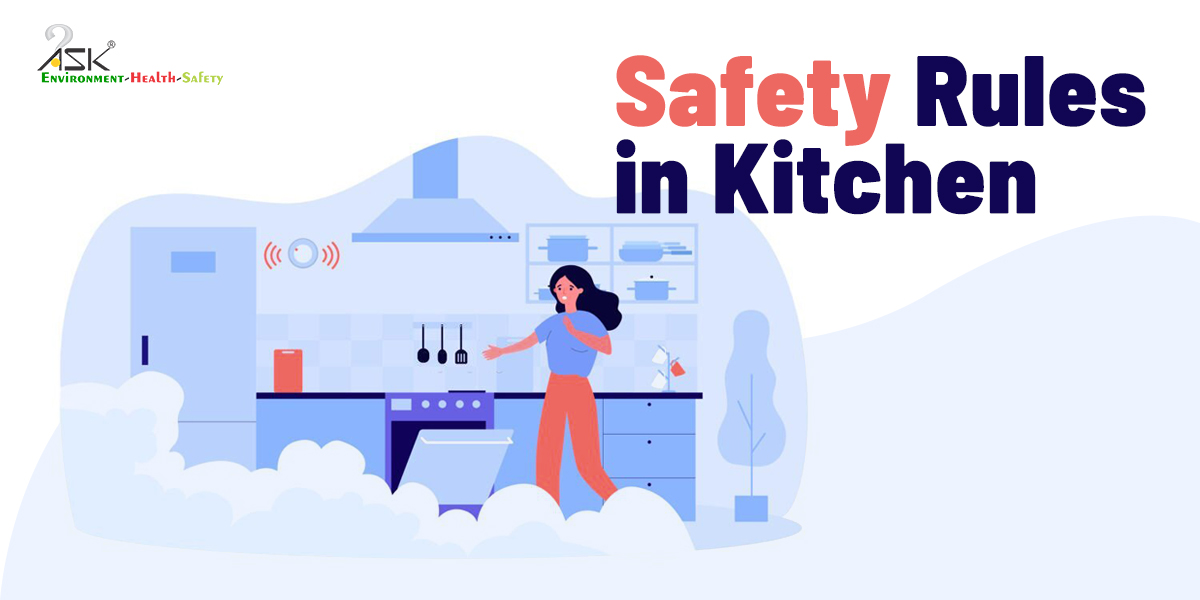Hazardous waste management

Hazardous material is defined as any solid, semi-solid, liquid, or contained gaseous waste, or combination of such wastes, which may because of its quantity, concentration, physical or chemical characteristics pose a potential hazard to human health or the environment when improperly treated, stored, transported, disposed of or otherwise managed. Although these are hazardous, they constitute a useful part of any work or a process cycle in industries. Managing hazardous materials is a challenging task for any manufacturing or a construction organization since controlling these products is highly regulated and involves greater liabilities throughout their lifecycle till they are part of the inventory of the facility. A greater care is required in transportation, storage, handling, use and disposition of these products.
Legislation
The Environment Protection Act 1990 places “Duty of care” for all those dealing with waste. Section 34 of the Act, which came into force on 1 April 1992, states that it shall be the duty of any person who imports, produces, carries, keeps, treats or disposes of controlled waste or, as a broker, has control of such waste, to take all measures as are reasonable in the circumstances to:
- Prevent any contravention of s.33 by any other person (offences of unlicensed waste disposal and treatment)
- Prevent the escape of waste
- Ensure that waste is only transferred to an “authorised person”, e.g. a registered waste carrier, licensed contractor or Waste Collection Authority
- Ensure that a written description of the waste is transferred with the waste, enabling others to comply with the “duty of care” and avoid committing an offence under s.33.
Best Practices
The environment engineer and HSE engineer are required to coordinate and provide professional advice to the management at each stage of the product lifecycle so that apart from storage and use a final disposition shall be achieved safely without breaching any regulation. The success of a deal with any hazardous material entirely lies with the organisation involved in procurement of such substances. This can be achieved simply through keeping a documented track of these materials since from the procurement till their disposition.
Always use manufacturer’s instructions for storage and disposal of such products which are classified as corrosive, toxic and flammable. These instructions can be obtained from Material Safety Data Sheets of the products but the manufacturer/supplier can also be contacted directly for any additional clarifications. A specific advice regarding disposition of a type of material also can be had from local municipality in terms of various options such as recycling, reusing, and waste disposal. Approved procedures of the local authorities, clients, company and statutory rules can be referred for the correct information regarding the disposal.
The potential for environmental damage must be controlled by avoiding pouring of the chemical in to storm water drains, on the ground, into storm sewers; recycle or compost trash. When a hazardous waste is generated on site it should be stored at a specific location which is exclusively meant for storage of hazardous waste. Following is a general requirement for a safe storage:
- The waste storage should be protected from sun and rain and should have a bund of adequate capacity around it.
- An adequate access with non-slippery surface is to be maintained.
- Non-compatible wastes are segregated and located in designated areas to optimize control.
- Be secured (barricaded or fenced and locked) to keep out unauthorized personnel and animals.
- Maintenance waste (batteries, waste oils, and oily rags) will be temporarily stored in appropriate hazardous waste storage containers until the Waste can be transported to the approved hazardous waste storage area.
- Be equipped with fire extinguisher.
Decisions regarding the final disposition of onsite hazardous materials should be made at the earliest opportunity, ideally prior to the ordering of the materials. Source reduction through accurate inventory control (e.g. purchasing only the amount of material needed for the task and using up all that is purchased) will eliminate the need to address final disposition as well as the costs and potential liabilities associated with it. Good housekeeping practices both in storage and use also go a long way towards minimizing waste generated from hazardous materials. It is critical that all workers understand the significant costs and potential liabilities associated with disposal of hazardous wastes and the importance of managing hazardous materials so as to reduce waste generation



I like that you pointed out that it is not just about being safe when handling hazardous waste. As you mentioned, it is about protecting the future generation as well. With that in mind, I guess I will undergo this type of training as well to ensure that I will be handling waste properly in our house. Maybe, I will invite my husband as well since he works with electronic devices which can produce these kinds of wastes as well.
I love what you suggested about always using the manufacturer’s instructions when it comes to storing and disposing of hazardous waste. I think that hiring a removal service can be beneficial because they have experience dealing with waste of all kinds. If I were to need such services, I would be sure to contact a garbage removal company that cares about filling my needs.
Protection from sun and run is the main factor. If we follow that half of the task will be done. Thanks for writing something on this. Will share it.
According to Value Market Research, the latest technology trends and global market opportunity analysis in the Waste Management Software Market industry growing with a high CAGR in the upcoming year.
I am most captivated when you wrote that it is essential that all workers comprehend the substantial costs and possible liabilities associated with the disposal of hazardous wastes and the essence of handling hazardous materials to decrease waste generation. I agree that there is no better way to proper hazardous waste management than educating workers about its importance and how-tos. I think it’s also advisable to seek assistance from a company that specializes in hazardous waste disposal.
Great Blog!!